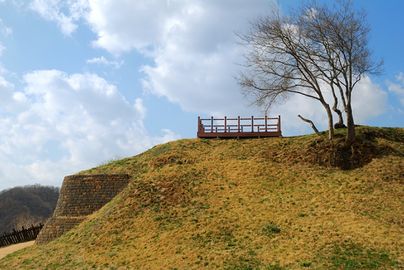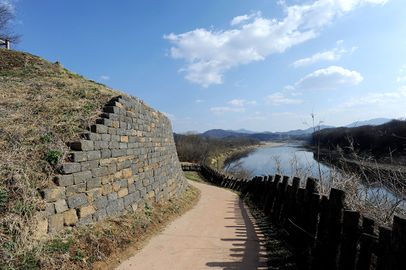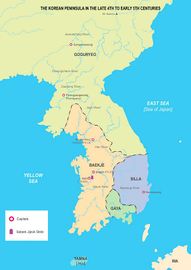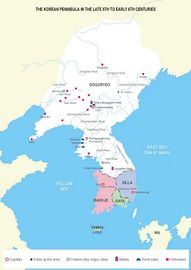The Spirit that Conquered the Mainland - Goguryeo
Goguryeo, one of the Three Kindgoms of Korea, began as a tribal city-state near the Amnokgang (Yalu) River which emerged to consolidate power and become a kingdom. According to the Gwanggaeto Stele, erected in 414 CE, the kingdom was founded by a legendary prince from the northern state of Buyeo, named Jumong. In the 3rd century, Goguryeo engaged in war with Wei China, which destroyed the capital, but Goguryeo recovered and was able to expand its territories. At its height in 476, the kingdom stretched across a large portion of Manchuria, including the Liaoning peninsula, and all but the bottom fourth of the Korean peninsula. In following centuries, Goguryeo experienced decline due to internal strife and external conflict. In 551, Silla and Baekje entered an alliance to push Goguryeo out of the valuable Hangang River valley, and Silla eventually took over the area. Wars with Sui and Tang to the north also weakened the kingdom, and it was defeated by a Silla-Tang alliance in 668, after which its former territories fell to Silla, Tang China and, later, Balhae.
One of the most well-known kings of Goguryeo is King Gwanggaeto (374–413), who made great territorial gains against Later Yan China, in the north, and Silla and Baekje, to the south. His son, Jangsu (394–491), moved the capital to present-day Pyeongyang, which aided cultural and economic advancement. Goguryeo was the first of the Three Kingdoms to adopt Buddhism. Traces of some elements of Korean culture, such as fortress structure, ondol underfloor heating, and kinds of martial arts, dance, and clothing, began to develop during Goguryeo. Today, some Goguryeo sites, including tombs, fortresses, palaces, and artifacts, in China and North Korea are registered as UNESCO World Heritages. Among these are the Goguryeo tombs, known for their tomb paintings.
- Goguryeo Fortress Walls
Related Articles
- Goguryeo
- Buyeo
- Okjeo
- Dongye
- Baekje
- Gaya
- Silla
- Balhae
- Three Kingdoms
- Jumong
- King Gwanggaeto the Great
- King Jangsu
- Gwanggaeto Stele
- Silla-Baekje Alliance






